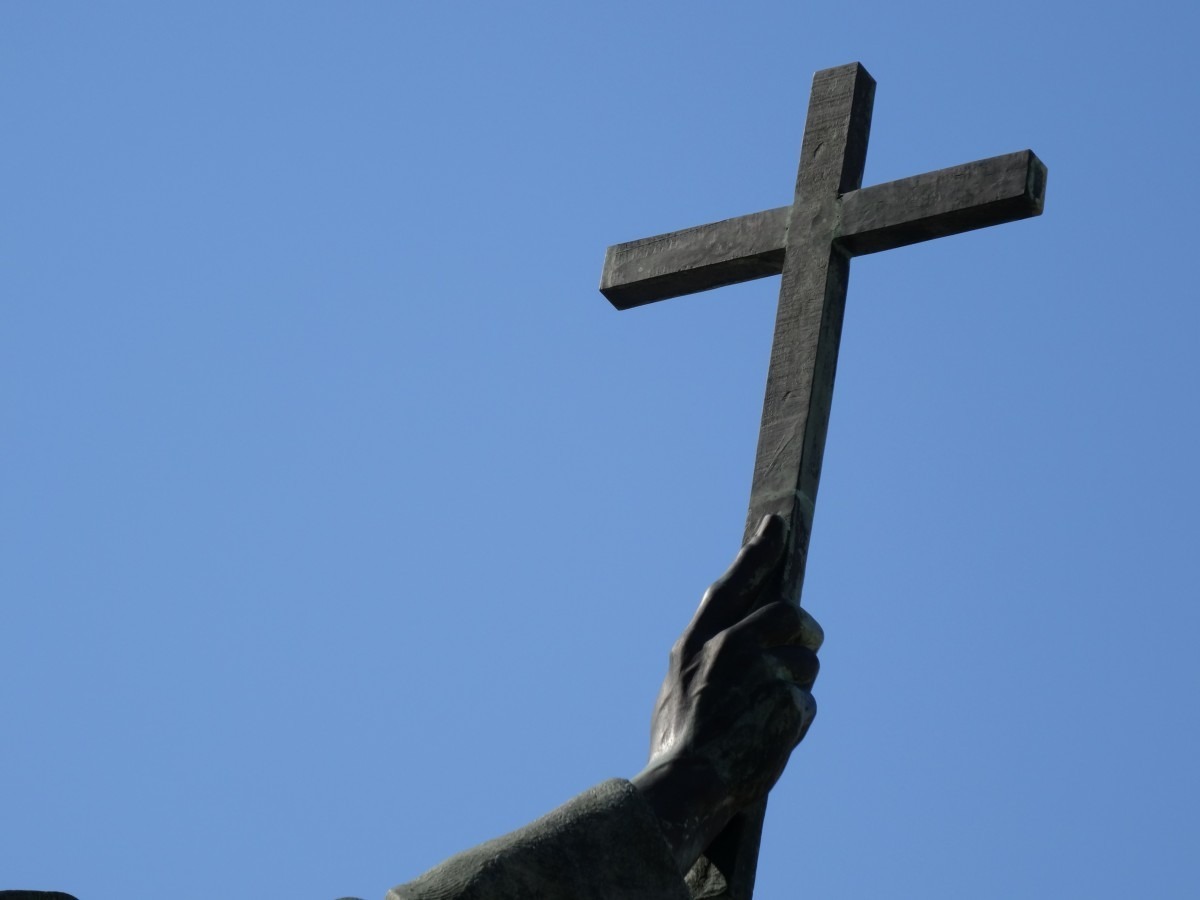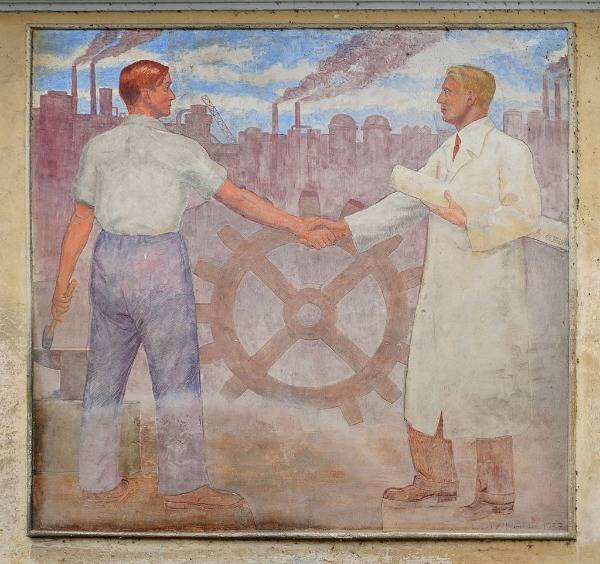
Widespread anger met the revelations in October that clergy and lay members of the French Catholic Church had sexually abused some 330,000 children over a 70-year period. The head of the committee charged with investigating the historic allegations, Jean-Marc Sauvé, said that up until the early 2000s, the Catholic Church had “showed a profound and even cruel indifference towards the victims”. François Devaux, the head of the victims’ group La Parole Libérée, branded the abusers “a disgrace to our humanity… In this hell there have been abominable mass crimes.”
The committee’s report told of how the crimes were systematically covered up by the Church. Around 100,000 of the children were abused by laypeople, such as teachers; the rest – some 230,000 children – were victims of the predations of priests and other clergymen. The report put the estimate for the number of abusers at between 2,900 and 3,200.
It marks the first public reckoning in France of a phenomenon that has hounded the Catholic Church worldwide. Stories of child abuse by clergymen began to capture public attenton in the US and Canada in the 1980s, before action over allegations was taken in Argentina and Austria in the 1990s. In 2013, the Australian government set up a commission to investigate abuses carried out in its churches, the majority of which were covered up. Germany and Ireland have also been forced to account for clerical abuse of children, much of which was also kept secret for years.
With the decades of cover-up in France having now been exposed, the Church finds itself in a precarious situation. Sauvé has called on it to compensate victims in cases where too much time has passed for prosecutions to take place. In others, court trials for those identified who have yet to be punished are likely.
How these revelations are interpreted is vital to determining what kind of response is appropriate. The figure of 330,000 victims shouldn’t be read as the sum total of individual crimes; rather, in the words of one campaigner, it is a “collective horror”. The number of perpetrators, coupled with the extent of the cover-ups, is evidence enough that it would have required the consent of numerous gatekeepers within the Church. Over decades, a culture that permits paedophilia has been quietly nurtured. If people at the top were concerned, they made very little effort to investigate.
But if its responses to past scandals are anything to go by, the Vatican would have you think otherwise. In cases where it hasn’t been able to silence whistleblowers altogether, it has historically sought to downplay the significance of such allegations, if not deflect them entirely. In 2013, the Vatican angered campaigners after it refused to hand over details on clerical sex abuses to a UN panel investigating the matter, claiming that the move was part of its confidentiality policy. A special summit to discuss child abuse, convened by the Church in 2019, was spun by the Vatican’s press office as a marker of the work done to tackle the issue, rather than a critical response to an endemic and deeply harmful problem.
Perhaps the French report will finally mark a turning point, a recognition – surely now unavoidable – of a deep rot within the Church. That should have happened years ago. After all, what other institution has been so dogged by paedophilia scandals that it has been forced to convene a special summit on the matter? Compensation and court trials may go some way towards redressing its past crimes. But its victims, especially those who still hold close to Catholicism, and who may want their own children to enter the faith, will demand more than this: they will know that the pleas for forgiveness issued by the Church since the report was published are unsatisfactory. A deeper inquiry into what exactly it is within the Church that has allowed such large-scale abuse to take place, and a concerted effort to overhaul its permissive culture, is long overdue.
This piece is a preview from the Witness section of New Humanist winter 2021. Subscribe today.

